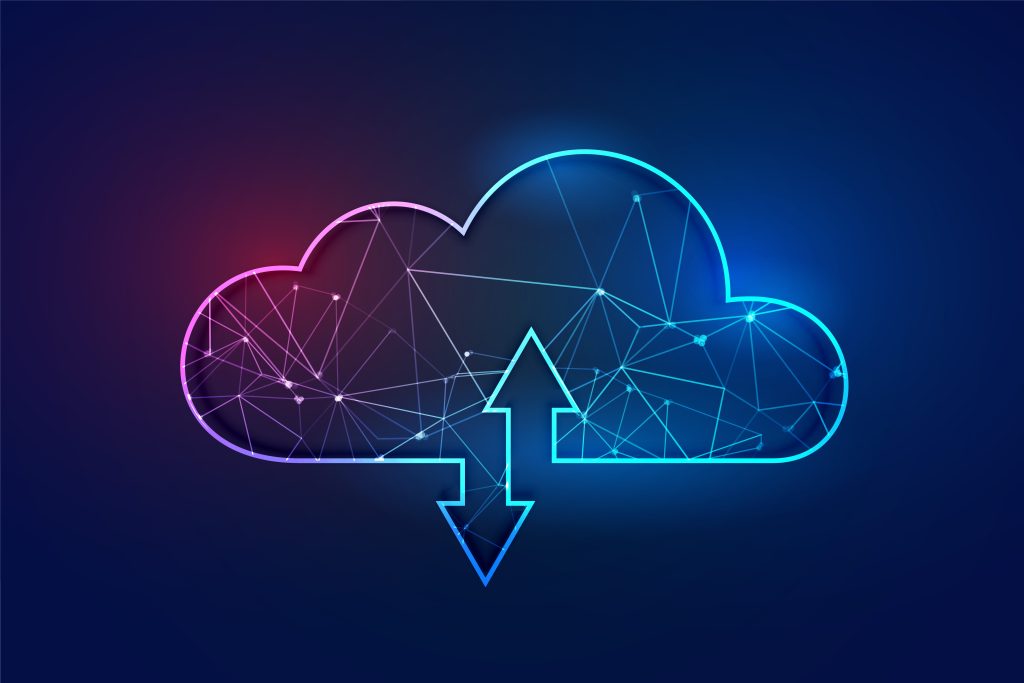Why AI at the Edge is the Next Frontier

From Cloud to Silicon:
Introduction
The world of AI is moving fast and not just in massive data-centres. The shift we’re seeing today is one of inference, locality, and strong demand for responsiveness. For a company like TechSurge.ai, which spans both high-level AI services (think platforms like SharpAI & Cywift) and embedded-firmware/low-level software work, this trend presents an opportunity to bridge “cloud + edge + device” in a seamless offering.
Why It Matters
-
Traditional AI has focused on training huge models in the cloud. But as real-time demands, latency constraints, privacy expectations and cost pressures mount, the better answer is pushing more intelligence towards the edge. For instance, processing on-device or on-premises rather than always round-tripping to the cloud. Business Insider+2Icetea Software+2
-
According to industry analyses, edge computing coupled with AI is one of the most important technology trends for 2025 and beyond. Gartner+1
-
A recent example: Cisco Systems has launched a device specifically designed to run AI workloads locally at retail stores, factories and other non-data-centre locations, recognising the shift in compute demand. Reuters
What’s Changing
-
Hardware enabling – More efficient NPUs (Neural Processing Units), better accelerators for on-device or edge inference are becoming viable.
-
Software & model optimisation – It’s no longer enough to train big models; we need to optimise for size, energy, memory, latency, and adapt them for constrained devices. arXiv
-
Architecture shift – Hybrid cloud-edge models, where training may happen centrally but inference happens locally, and data flows more intelligently. Icetea Software
-
New use-cases – From industrial IoT, autonomous vehicles, real-time analytics in retail, to healthcare devices that cannot wait for cloud latency. TechCon Global
Why It’s Inspiring & For TechSurge.ai
-
For a company that can deliver both firmware/embedded (assembly/low-level) and high-level software/AI, this trend allows you to own the full stack from device-level inference to cloud orchestration.
-
Edge-AI differentiates you: many players focus only on cloud AI or only on embedded firmware; you can combine them.
-
It opens new business models: services where you deploy AI models into client’s edge infrastructure (factories, sensors, vehicles) and integrate with higher-level systems.
-
Also aligns with the industrial “smart-everything” theme: smart factories, smart cities, connected devices—areas where your low-level expertise (assembly, embedded) meets your high-level AI/software strength.
Challenges & How to Address Them
-
Resource constraints: Edge devices have less memory, compute and power—so you need to optimise code & models. (Here your assembly/firmware skills pay off.)
-
Security & manageability: Distributed devices increase surface-area for attack; ensuring secure updates, model governance is critical.
-
Model lifecycle: Deploying at edge means you must handle versioning, remote updates, monitoring and potentially federated learning.
-
Integration complexity: Bridging device level + edge + cloud requires good architecture and practices.
Actionable Steps for TechSurge.ai Clients
-
Conduct “edge readiness” assessments: review client infra, data flows, latency needs, device constraints.
-
Define a pilot: identify a use-case (e.g., machine vision at factory, real-time sensor analytics) where edge inference can deliver measurable value.
-
Develop optimised models and firmware: focusing only the part that must run at edge in optimized code (maybe in assembly/firmware) and connecting to higher layers for orchestration.
-
Measure key metrics: latency, accuracy, power consumption, bandwidth reduction, operational cost.
-
Build a governance plan: for model updates, security of edge devices, data privacy.
Conclusion
The transition from a “cloud-only AI world” to an “edge-enabled AI world” is an evolution that opens fresh capabilities. For TechSurge.ai, positioned both in low-level and high-level software/AI domains, it’s a chance to deliver end-to-end differentiated value. As clients increasingly demand real-time, localized intelligence, unlocking edge-AI becomes a compelling proposition.
